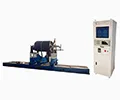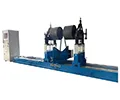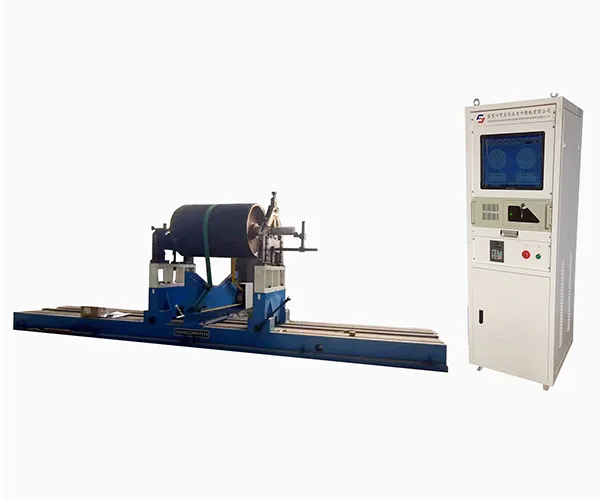
YYQ-5000
Horizontal Balancing Machine
Hard-bearing balancing machine (belt drive) for workpiece with diameter of up to 1000mm and weight of 200-5000kg
- Belt-driven horizontal hard-bearing design, stable and reliable for heavy rotors
- Handles workpieces from 200 kg up to 5000 kg, with a maximum diameter of 1000 mm
- Suitable for balance correction of industrial rotors such as motors, impellers, and heavy machinery components
Applications
Widely used for dynamic balancing of electric motor rotors, fan impellers, marine turbocharger rotors, crankshafts, machine tool spindles, and long rolls for paper and printing machinery. They can perform single-plane or double-plane measurements, and also supports multiple correction planes when needed.
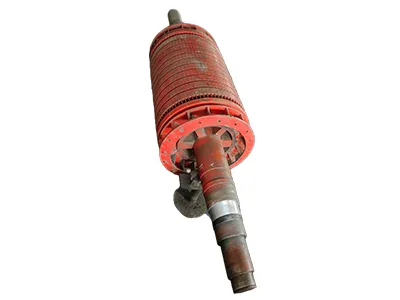 Motor rotors balancing
Motor rotors balancing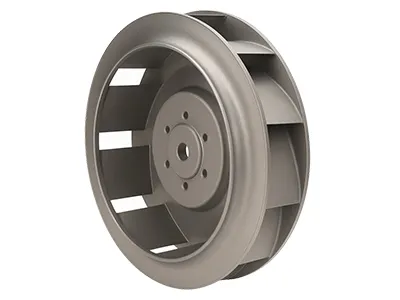 Fan impellers balancing
Fan impellers balancing

